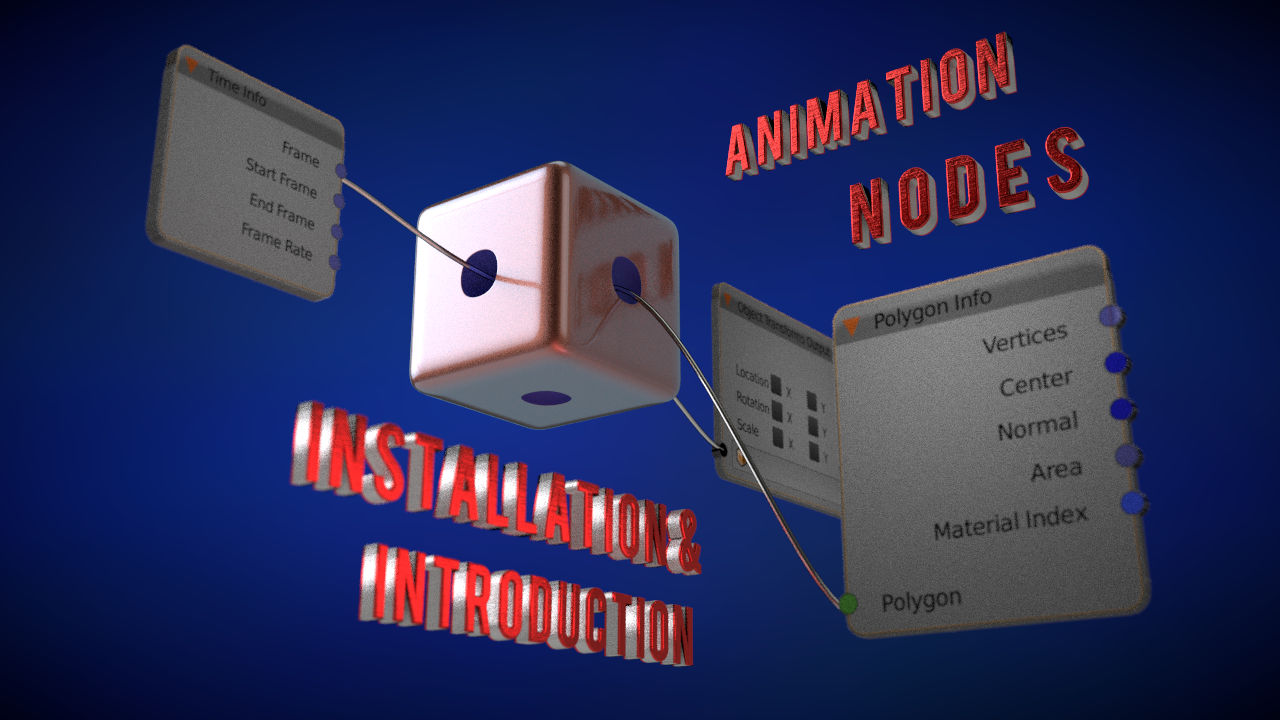

The change also “paves the way” for GPU ray tracing via Vulkan in Eevee, Blender’s real-time renderer. New GPU backends for Vulkan and Apple’s Metal API – the latter being created by Apple itself – are already in development, and are due to replace the old OpenGL backend “by the end of 2022”. Transition from OpenGL to Vulkan and Metal due by the end of 2022Īnother key goal is to “move Blender to entirely use the Vulkan open standard” for viewport display. The changes to Blender’s procedural texturing system are simply described as “an open topic”, although the roadmap notes that the toolset is in “urgent need” of an update. The roadmap describes it as a “novel approach to combine traditional (triangle offset) sculpting with shader-based texture displacement”, capable of generating fine detail without the need for high polygon counts. The other big changes are less fleshed out, and include a proposed hybrid sculpting and painting workflow.

A novel new hybrid 3D sculpting and painting workflow is one of the major changes proposed for the Blender 3.x release cycle.Ī novel new hybrid 3D sculpting and painting system The changes to character rigging and animation are also fairly well established, having initially been proposed as the ‘Animation 2020’ project, then postponed due to the COVID-19 pandemic.įunding for the work has also already been provided by Amazon Web Services, which specifically cited the project when it became a corporate patron of the Blender Development Fund last year.Īccording to the roadmap, “keywords are: node-based, layering, debugging tools, speed, crowds, mocap support automated systems for muscles and physics”.Ĭlay brushes in use inside a “performance prototype” of Blender. The initial goals are to extend the new node-based architecture to particle and physics simulations, with a new hair simulation system further in the future.īlender 3.x will also retain the software’s existing physics systems, including Bullet physics for rigid bodies, Mantaflow fluid simulation, soft bodies and cloth, but add a new OpenVDB modifier for volumes. Of those, the furthest advanced is probably physics, with the Blender Foundation proposing to expand the new geometry nodes system introduced in Blender 2.92 into a broader project dubbed ‘everything nodes’.
#BLENDER 3D ANIMATION NODES PHISICS SOFTWARE#
Most parts of the software described as “quite stable”, but major changes are proposed to several key toolsets, including physics, character rigging and animation, sculpting and texturing. The proposed roadmap sets out the goals for the remaining updates, Blender 3.1 to 3.7, in broad strokes: with a few exceptions, it doesn’t assign exact version numbers or release dates to the changes.įuture releases: major updates to physics and character animation

The first release in that series, Blender 3.0 – originally scheduled for this August, and now due to ship in December 2021 – is already well on in development, with new features including a new asset manager, USD import, and Cycles X, the much-anticipated rewrite of Blender’s Cycles production render engine.

#BLENDER 3D ANIMATION NODES PHISICS UPDATE#
The Blender Foundation announced in 2020 that it proposed to end the 20-plus-year Blender 2.x release series this year, in favour of a new two-year update cycle. Blender Foundation chairman Ton Roosendaal has posted an outline roadmap for Blender 3.x, the next two-year cycle of updates to the open-source 3D software.Ĭhanges proposed for the release cycle, which is due to run from Blender 3.0 this December to Blender 3.7 in 2023, include major updates to Blender’s physics, sculpting and character rigging toolsets.īlender will also “move entirely” to the Vulkan open standard for GPU computing, with new Vulkan and Metal backends replacing OpenGL by the end of 2022, and GPU ray tracing via Vulkan in the Eevee render engine.īlender 3.0: new asset manager, USD importer and Cycles X


 0 kommentar(er)
0 kommentar(er)
